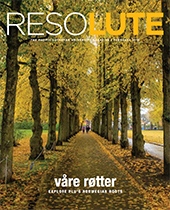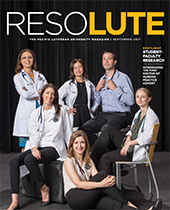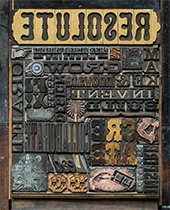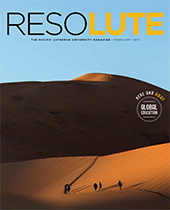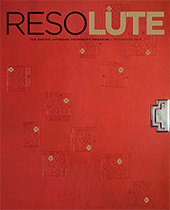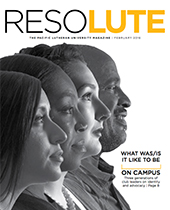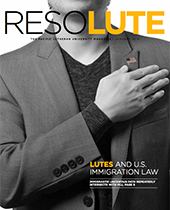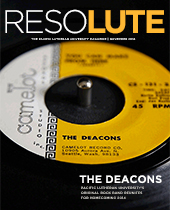“Playing a sport” sounds so easy. Grab, hit, kick a ball. Hurl a javelin, hammer, shotput. Row, row, row a boat.
But for many students, serious, challenging obstacles block the path to participation in organized athletics. In reality, successful student-athletes benefit not only from physical skills, but also from access—and privilege.
SAAC participated in its second Tunnel of Oppression on Feb. 20, an annual interactive event sponsored by the Diversity Center that seeks to creatively address social injustice through guided “scenes” that depict issues of oppression in society. After bouncing around lots of ideas, SAAC members decided to share a look at the privileges they enjoy, and the obstacles others face.
In NCAA Division 1A:
Head coaches for women’s teams receive an average salary of $850,400, while head coaches for men’s teams average $1,783,100. This is a difference of $932,700.
“[Participating in athletics] is something we try to encourage to children and even adults daily, yet there are many obstacles that some may not realize,” said SAAC Vice President and Women’s Swim Team captain Melissa Dean ’16. “I think [our scene] gave an opportunity for everyone to look at times they may not realize it was a privilege and just think about the opportunities which either helped or hindered them in athletics.”
In SAAC’s scene, a Tunnel of Oppression docent chose three participants to read from note cards containing firsthand testimonies from athletes who had faced obstacles to participation in sports.
“I played softball all through high school and was skilled enough to be able to play in college, but money became the issue. I had to take care of my younger siblings while my parents worked supporting me and my siblings,” read one card, attributed to an 18-year-old U.S. athlete named Stacy.
On the cloth walls of the SAAC exhibit were facts displayed as quotes and infographics that pointed out socioeconomic privileges:
- Head coaches of NCAA Division I men’s teams get paid $932,700 more on average than those of women’s teams.
- Women’s NCAA Division I teams obtain less than 40 percent of college sport operating dollars and roughly one-third of spending for recruitment.
- Female college athletes receive only 43% of participation opportunities, 56,110 fewer than their male counterparts.
This was SAAC’s second year of Tunnel participation; last year’s scene focused on the use of the word “retarded” as a synonym for “stupid.”

“It was a foreign concept to student-athletes to think about how they could participate in Tunnel of Oppression, and many had never even attended,” said SAAC Advisor and Associate Director of Athletics Jen Thomas. “But we wanted to bring light to the derogatory use of the word ‘retarded,’ when people use it in slang and how that affects people with disabilities. We felt that that was very successful, and there’s a lot of topics that could be covered beyond that in relation to athletics and how people can be oppressed.”
At the Division 1 Level:
Women’s teams receive only 38% of college sport operating dollars and 33% of college athletic team recruitment spending … the men receive the rest.
SAAC also hosts an annual Youth Sports Clinic, where local elementary-aged children are invited for a free, daylong clinic where they learn about athletics and making healthy lifestyle choices.
“It’s things like [this] that really make the athletes stop and think about what their impact is on the community, the PLU community, the community at large,” Thomas said. “It’s been a good experience for them to analyze and experience that type of situation, and they walk away thinking ‘Okay, I can make a difference.’”
SAAC President Amy Wooten ’15, a volleyball player, first interacted with Tunnel during her first year at PLU.
Wooten encourages current and future Lutes to participate in the Tunnel of Oppression, just like SAAC did.
At the College Level:
Female athletes receive only 43% of participation opportunities, 56,110 fewer than their male counterparts.
“If you’ve never been a part of Tunnel of Oppression: Get involved. Doing a Tunnel of Oppression scene makes it so much more impactful to walk through,” Wooten said. “You get to learn so much more about something you never thought you were going to learn more about.”








